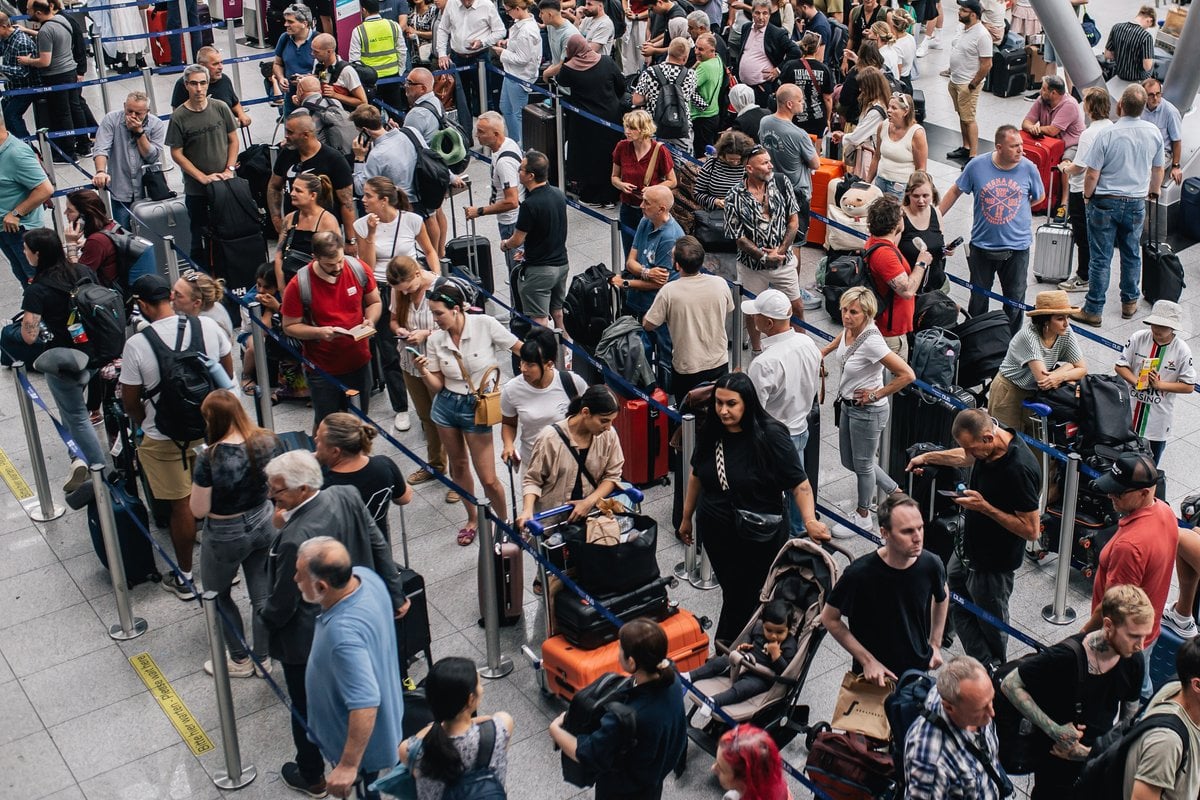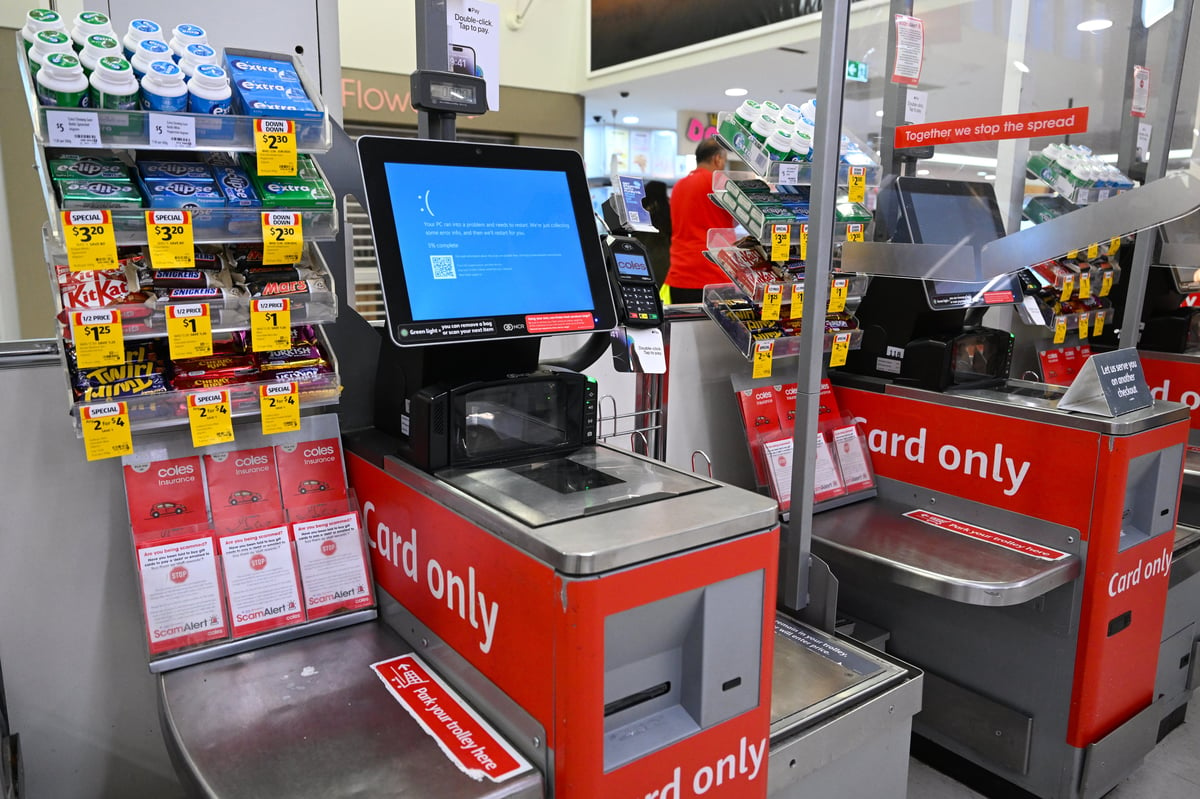
"Your PC ran into a problem and needs to restart."
Splashed across the dreaded blue screen, these are the words no one wants to see pop up on their computer.
But yesterday, millions of devices displayed the "blue screen of death", after what experts have called the "greatest global IT outage of all time".
The outage impacted health and telco providers, media websites, banks, supermarkets and airlines around the world, and saw many organisations descend into chaos as they grappled with the catastrophic impact of a technology pause.
Watch: 'Deep Fakes' Are Becoming More Realistic Thanks To New Technology. Article continues below.
Who, or what, caused the IT outage?
While many assumed the outage was the result of a cyberattack, the global havoc was caused by something far less sinister.
It all came down to a company you've probably never heard of launching a routine software update. That update had a bug in it, causing an issue with the Microsoft operating system, and it brought the millions of computers using the software to a standstill.
The company is CrowdStrike, a cybersecurity firm based in Texas, USA. The organisation offers cloud-based online security solutions to big businesses, including airlines and banks.

